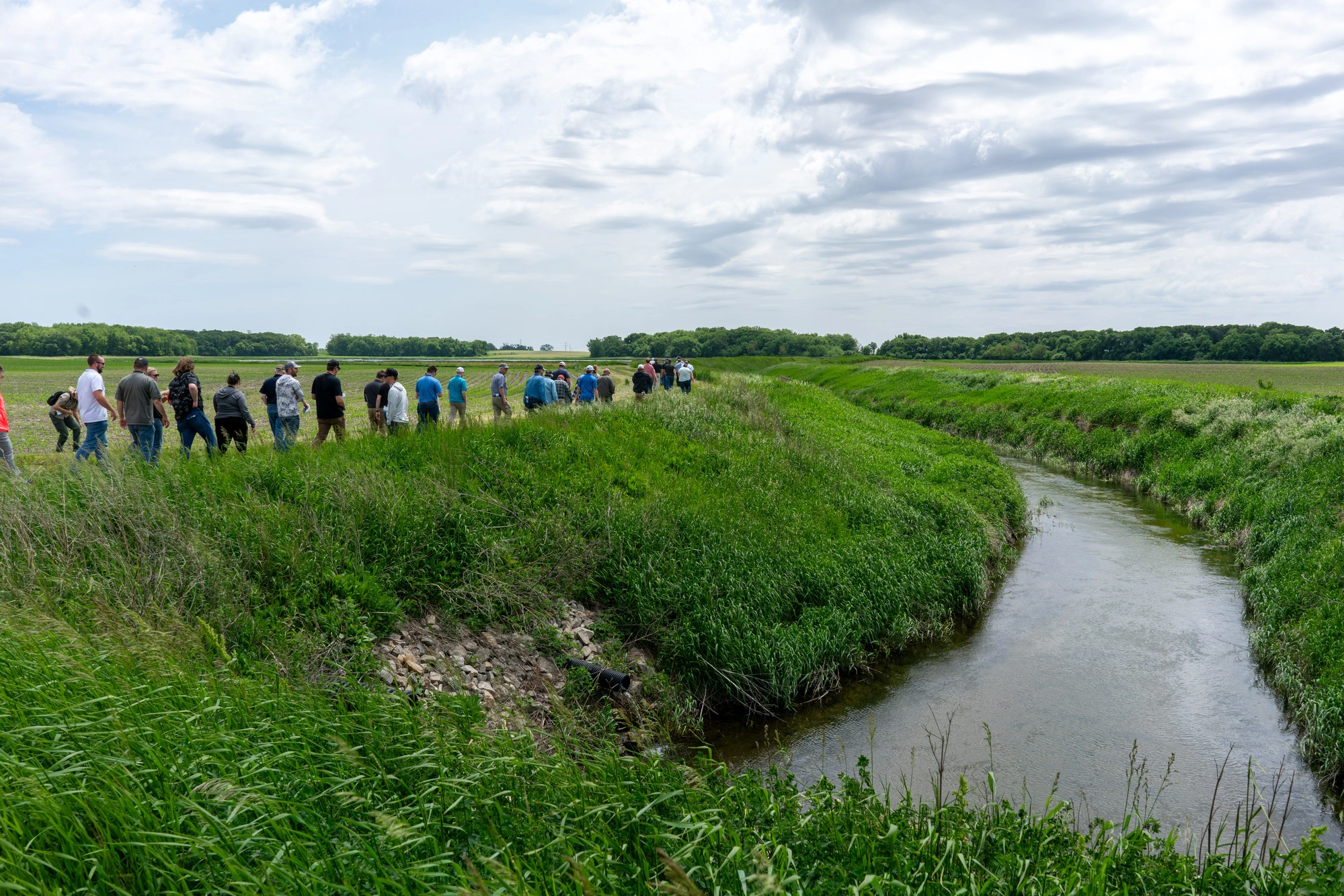Optimize Maintenance + Reveal Opportunities with Facilities Assessments
ISG’s Clay County, Iowa Case Study
The Clay County Board of Supervisors (County) knew they needed to address facility repairs in their Administration Building, Courthouse, and General Services Center. While maintaining public buildings does not generate excitement, County leaders recognized that deferring upkeep of public facilities can cost more in the long run if left unaddressed and may result in limiting other more impactful projects.
The County sought the help of ISG to identify and document facility maintenance needs, prioritize repairs based on an established list of criteria, and draft a schedule for implementation that would allow the County to budget accordingly.
Throughout the process, ISG remained flexible, responsive, and committed to meeting the County’s needs, resulting in the addition of a fourth building to ISG’s assessment. A former bank building was under a purchase agreement by the County and the assessment report was used to understand existing conditions, maintenance needs, and the required space reconfigurations necessary to provide County services. Equipped with a thorough understanding of the building conditions, the County was able to negotiate a purchase amount to the benefit of taxpayers. The report continues to serve as a road map for ongoing facility improvements.
The Assessment
The highly visual assessment balanced a concise narrative with photos and graphics documenting and detailing existing conditions of each facility, including the life cycle of building systems and equipment.

Existing Conditions Assessed
- Site
- Exterior Building
- Structural System
- Interior Building
- Plumbing
- Mechanical
- Electrical
- Technology
- Security
- Life Safety
- Hazardous Materials
- Accessibility
ISG referenced existing conditions to create a poor, fair, and good priority list of proposed improvements for each facility. To help the County budget and plan for proposed projects, ISG included opinions of probable costs with there commendations.

Findings Reveal Action Items + Opportunities
Assessment findings revealed maintenance priorities and action items for each building, giving the County direction and confidence in their ability to move forward with budgeting improvements. Findings for the former bank building also gave the County the assurance they needed regarding the affordability of repairs, renovations, and purchase costs; resulting in the County’s decision to buy the former bank building and transform it into office spaces to provide County services.
Space Needs Analysis
To further inform the County’s decision to renovate the former bank building, ISG provided a space needs analysis of day-to-day operations and programming workstations, conference rooms, storage, and public spaces, and other improvements for accessibility and safety opportunity areas of the building. This included gathering input from employees regarding the efficiency of workflow, offices, public spaces, meeting spaces, and providing community services.
Maintenance Implementation
Using the priority project list outlined in the assessment, the County targeted repairs that were within their immediate budget and began planning for future projects. ISG has remained a trusted partner to the County in implementing various maintenance projects including re-roofing, brick repairs, tuckpointing, and renovation of the newly acquired former bank building.
“The facilities assessments have helped the Clay County Board of Supervisors make informed decisions on budgeting and prioritizing maintenance needs of Clay County buildings.”
– Ann Baschke, Clay County Auditor
Planning for a Facility Assessment?
An important step to prepare for an efficient and comprehensive facility assessment is to gather relevant information prior to starting the assessment. Documents like blueprints, maintenance records, equipment replacements, previous assessments, and other relevant data will provide crucial insights to supplement an in-person analysis of your facility.

Ready to extend the life of your community’s facilities investments? Connect with Bryan at his email below, or with his team at info@ISGInc.com, to learn more about facilities assessments, space needs planning, and ISG.



Related Articles

.webp)
ISG Recognized as a 2025–26 Emerging Professional Friendly Firm for the Fourth Consecutive Cycle
ISG has been honored as a 2025–26 Emerging Professional Friendly Firm by AIA chapters in North Dakota, South Dakota, Wisconsin, and Minnesota in recognition of its commitment to fair compensation, licensure support, mentorship, and growth for early-career architects.












